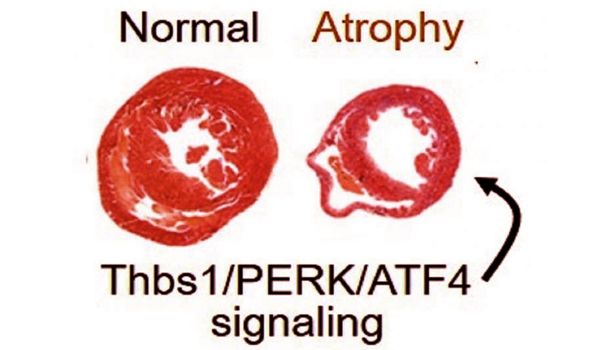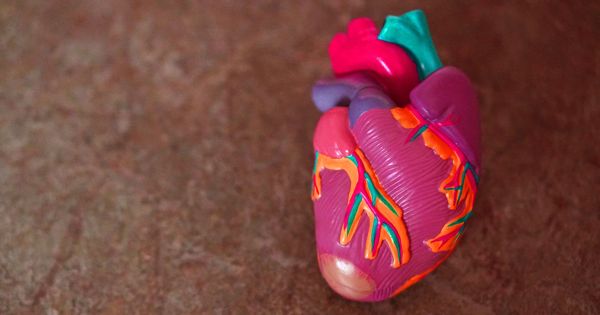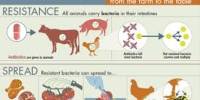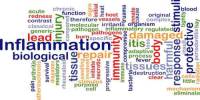Humans can now travel to Mars and beyond, and this is no longer science fiction. We know how the body changes as a result of shuttle research, what we need to do to fix some of the problems or, better yet, prevent them, the importance of health monitoring, and how to determine the human body’s performance through the various sequences of launch, spaceflight, and landing. Essentially, we understand how astronauts maintain peak performance in order to be explorers, scientists, and operators.
During spaceflight, astronauts’ brains, hearts, blood vessels, eyes, and ears, as well as their cells, undergo physical changes. Many different types of research studies validated these changes and demonstrated how to best prevent health issues and care for astronauts before, during, and after spaceflight.
New research has shed light on the molecular causes of rapid cardiac atrophy. The findings could have ramifications for space travel. Heart muscle cells do not respond to external stresses in the same way that skeletal muscle cells do in many situations. However, under certain conditions, both the heart and skeletal muscles can die at fatally fast rates, according to a new study led by experts at Cincinnati Children’s.
New findings shed light on the molecular triggers of rapid cardiac atrophy. Findings have potential implications for space travel.
The new findings, based on mouse model studies, are an important step forward in the long effort to prevent or even reverse cardiac atrophy, which can lead to fatal heart failure when the body loses a significant amount of weight or experiences prolonged weightlessness in space. Nature Communications published a detailed report on the findings.
“NASA is very interested in cardiac atrophy,” says Jeffery Molkentin, PhD, Co-Director of Cincinnati Children’s Heart Institute. “It may be the single most serious issue for long-duration space flights and astronaut health, particularly when re-entering a higher-gravity environment, whether arriving at Mars or returning to Earth.”
Since doctors noticed years ago that returning spacefarers were often barely able to walk when they returned to Earth, astronauts and cosmonauts have been exercising in orbit to minimize muscle mass loss. Along the way, clinicians have noticed an increase in the risk of heart problems during the recovery period.
Molkentin and colleagues’ new findings help explain why muscle-wasting conditions affect the heart, which suggests potential new ways to prevent or treat the problem.

A three-pronged attack on heart cells
The researchers studied mouse models in a variety of ways in order to link heart cell withering to a three-step molecular process. The heart, like skeletal muscle, can grow larger or smaller depending on workload. The new study identifies a mechanism by which the gene thrombospondin-1 can cause a significant loss of heart mass.
Overexpression of thrombospondin-1 in mouse hearts causes rapid and lethal loss of heart mass, known as atrophy, by directly activating the signaling protein PERK. Excessive PERK activity, in turn, activates the transcription factor ATF4, which together directs the atrophy of heart muscle cells.
The longer these genes remain active, the worse the atrophy becomes. Eliminating or reducing the activity of these genes would block or reduce the atrophy response, which could be an appealing new strategy for addressing heart muscle loss during prolonged space travel.
Molkentin says, “Our findings describe a new pathway of muscle mass loss.” “More research is needed to develop methods or drugs that can interrupt this signaling pathway via these genes to stop cardiac atrophy once it is detected.”
Next steps
Researchers must still confirm that the process observed in mice occurs in humans. More research is also needed to determine whether drugs that can safely manage the molecular activity identified by the research team exist (or need to be developed).
Even though we lack the ability to replace lost heart muscle tissue in humans, rehabilitating weakened or atrophied heart muscle cells back to their original state should be possible.
















